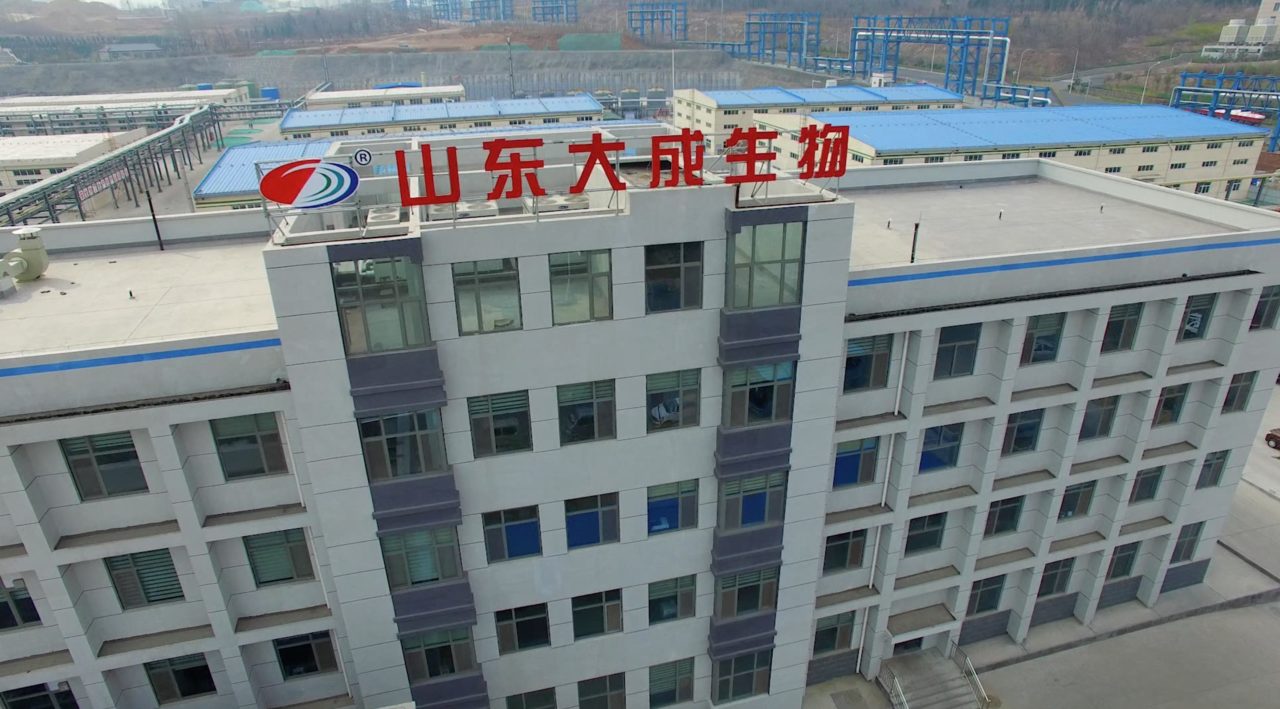RaboResearch: Despite Global Upheaval, Grains and Oilseeds Trade Continues to Grow
According to the sixth edition of RaboResearch’s global grains and oilseeds map, grains and oilseeds (G&O) trade continues to grow steadily and reached around 880 million metric tons in 2023/24, with an estimated value of USD 330 billion.
Wheat remains most traded but market is fragmented
Wheat is the most traded grain globally, with an average of 216 million metric tons traded annually between 2021 and 2023. “Overall, the wheat market is highly fragmented when it comes to production, imports and exports, and the number of players,” explains Vito Martielli, Senior Analyst – Grains and Oilseeds for RaboResearch. Russia has emerged as the world’s leading wheat exporter, significantly outpacing its competitors. Among the top importers, Egypt remains the largest wheat importer in Africa, Turkey is increasingly serving as a hub for wheat imports and re-exports, and China has increased its imports due to a rise in domestic consumption over the past five years.
Corn: The US is still the number one exporter but Brazil is catching up
Corn is the second most traded grain globally, with an average of 193 million metric tons traded annually between 2021 and 2023. Unlike wheat, corn production and exports are highly concentrated in four countries – the US, Brazil, Argentina, and Ukraine – which together account for 90% of global corn trade.
Soybeans are not produced where they are consumed
Soybeans are the most traded oilseeds globally – with an average of 168 million metric tons traded annually between 2021 and 2023 – and they are not widely produced in the countries which are the biggest buyers. Production is concentrated in Brazil, the US and few other countries in South America, while Asia and EU are the biggest importers globally. “Developed countries such as those in the EU and Japan – which were the largest importers in 2002 – are now experiencing negative import growth, driven by dietary changes and a decline in animal protein consumption,” according to Martielli. “China has emerged as the key driving force in the global soybean trade and crushing industry, reporting exponential growth in both consumption and imports. Brazil has become the largest producer and exporter globally.”
G&O trade flows in the future
In the next decade, multiple factors are expected to influence global grains and oilseeds trade flows. On the demand side, the growing population in Sub-Saharan Africa will drive increased wheat imports, while China may experience a slowdown – or even a decline – in soybean imports. Changes in biofuel policies are likely to affect oilseed crushing dynamics, and the implementation of the EU Deforestation Regulation (EUDR) is already reshaping traders’ business models. Additionally, weather can always have a significant impact on crop yields and price volatility while a distribution of power to multiple players will reshape trade relationships and strategic priorities across the value chain.





